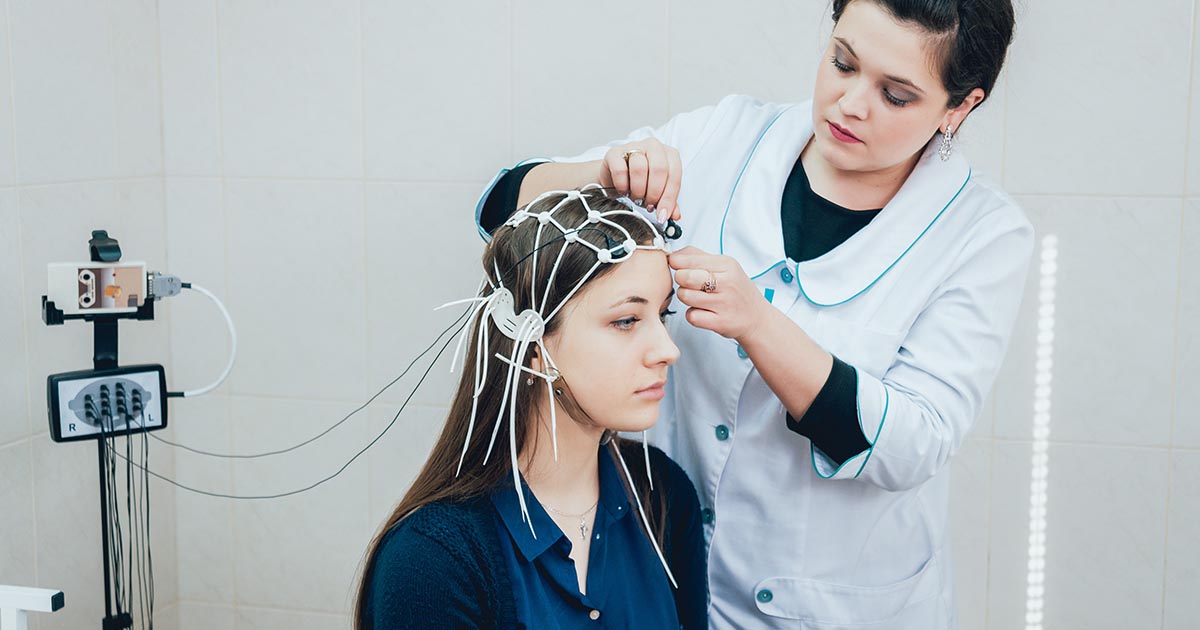Electricity in the Brain: Recording Progress

Epilepsy News From: Tuesday, October 01, 2019
Brain waves, a symphony of the natural rhythm of the brain, arise from the electric properties of brain cells, neurons, and a complex neurochemical environment. Brain waves were first discovered in animals in the late 1800s and first recorded in humans almost 100 years ago. The discovery of the electrical properties of brain cells and the evolution of our ability to record, measure and analyze brain waves over the past century has led to a better understanding of both normal brain function and neurologic disease in humans.
Discovery of the EEG and Use in Surgery
The discovery of the electroencephalogram (EEG) by German psychiatrist Hans Berger in 1924 gave medicine a powerful scientific and diagnostic tool to measure electrical activity in the brain. Scientists saw that some of these raw recordable electric brain signals were tied to basic physiologic states such as wakefulness and sleep. During seizures, neuroscientists observed a spike waveform pattern that was linked to excessive electrical activity.

The use of EEG during epilepsy surgery to guide the procedure quickly followed. In 1939, the neurosurgeon Wilder Penfield placed EEG electrodes on the covering of the brain to locate the origin of seizures in a person with bitemporal epilepsy. Penfield harnessed the electrical properties of the brain to build critical brain maps in the operating room using electrocorticography (EEG recorded directly from the brain’s surface). This guided the removal of pathologic brain tissue, while preserving critical regions of brain tissue.
The Future of EEG Technology

The ability to detect and locate seizure activity to guide epilepsy treatment continues to expand. New EEG technologies show the brain’s electricity in portable, noninvasive, high resolution, rapidly analyzable data sets that can be recorded for months at a time. Neuroscientists are pushing the limits of EEG even further and are working to use extended recordings of a person’s brain waves to forecast when a seizure may occur.
The innovative thinking of scientists and entrepreneurs are elevating the EEG technology from the 1920s, extending diagnostic purpose and changing outcomes and quality of life. At the Epilepsy Foundation, we believe in promoting a culture of entrepreneurship and innovation to accelerate products that matter to our community onto the marketplace in a timeframe that matters.
Recently, seed funds given through the Epilepsy Foundation Shark Tank competition have helped the development of innovative EEG technologies enter the marketplace. Two examples are
- Zeto Inc. (Shark Tank 2016), the first dry electrode EEG system was cleared for clinical use by the U.S. Food and Drug Administration (FDA) in 2018.
- UNEEG 24/7 (Shark Tank 2017), the first long-term EEG implant monitoring system entered the European market in 2019.
Join Us
Don't miss our next Shark Tank competition at the 2020 Epilepsy Pipeline Conference.
Related Links
Authored by
Elaine Kiriakopoulos MD, MSc
Reviewed by
Epilepsy Foundation Research
Reviewed Date
Tuesday, October 01, 2019
